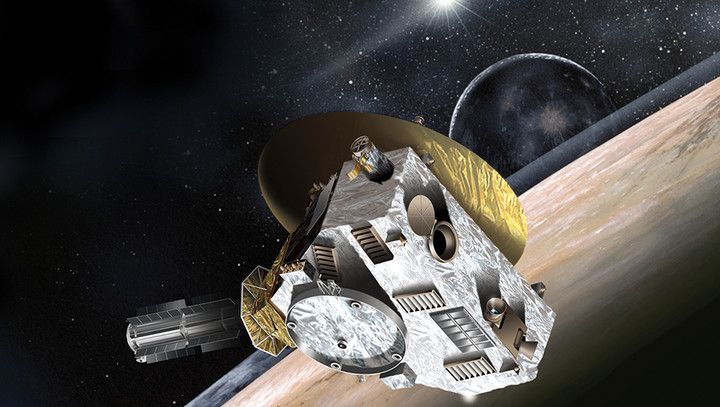NASA launches probe
On Sept. 8, 2016, an Atlas V rocket launched from Cape Canaveral carrying the Origins, Spectral Interpretation, Resource Identification, Security- Regolith Explorer mission (OSIRIS-REx) with the goal of retrieving a sample of a nearby asteroid called Bennu, and returning this sample to Earth. The probe is scheduled to arrive at the asteroid in 2018, and return to Earth in September 2023.
OSIRIS-REx is the third probe of the New Frontiers Program, which also included New Horizons, which took the first ever close up pictures of Pluto earlier this year, and the Juno probe, now orbiting Jupiter.
The OSIRIS-REx is the United States’ first mission to retrieve samples from an asteroid. The first mission of this sort was performed by NASA’s Japanese counterpart, the Japan Aerospace Exploration Agency (JAXA). JAXA’s Hayabusa probe launched May 3, 2003, and returned with samples from the asteroid nicknamed “Itokawa,” after Hideo Itokawa, father of Japan’s space program, on June 13, 2010. These missions are the first to retrieve samples from celestial bodies other than the Moon.
NASA scientists are hopeful that the samples the probe will retrieve will answer questions about the early formation of the solar system. It is believed that asteroids have not changed much since the formation of the solar system, and might give scientists a better idea of what materials were present in its early phases. Specifically, scientists hope the asteroid samples will shed some light on how organic compounds came to Earth.
OSIRIS-REx is expected to bring back two to 70 ounces (60-2000 grams) of materials. The probe will not actually land on the asteroid, but reach out with its sampling arm to touch it. The probe will then release a jet of nitrogen gas to stir up surface debris, which the probe will collect. It carries enough nitrogen to attempt the procedure three times. The probe carries several instruments to survey the asteroid in addition to its sample collection tools.
The asteroid gets its name from Egyptian Mythology. Nine-year-old Michael Puzio, winner of an asteroid naming contest, christened the asteroid Bennu, after a large heron, symbol of the Egyptian god Osiris. Additionally, Puzio stated that the probe, with solar panel wings and long sampling arm, resembled a heron, making the name appropriate.
In addition to answering purely scientific questions, it is possible that OSIRIS-REx, and similar missions, could help lead the way for commercial asteroid mining in the future.
The OSIRIS-REx mission, which launched on “Star Trek’s” 50th anniversary, promises continued space exploration, as scientists continue to boldly go where no man has gone before.







